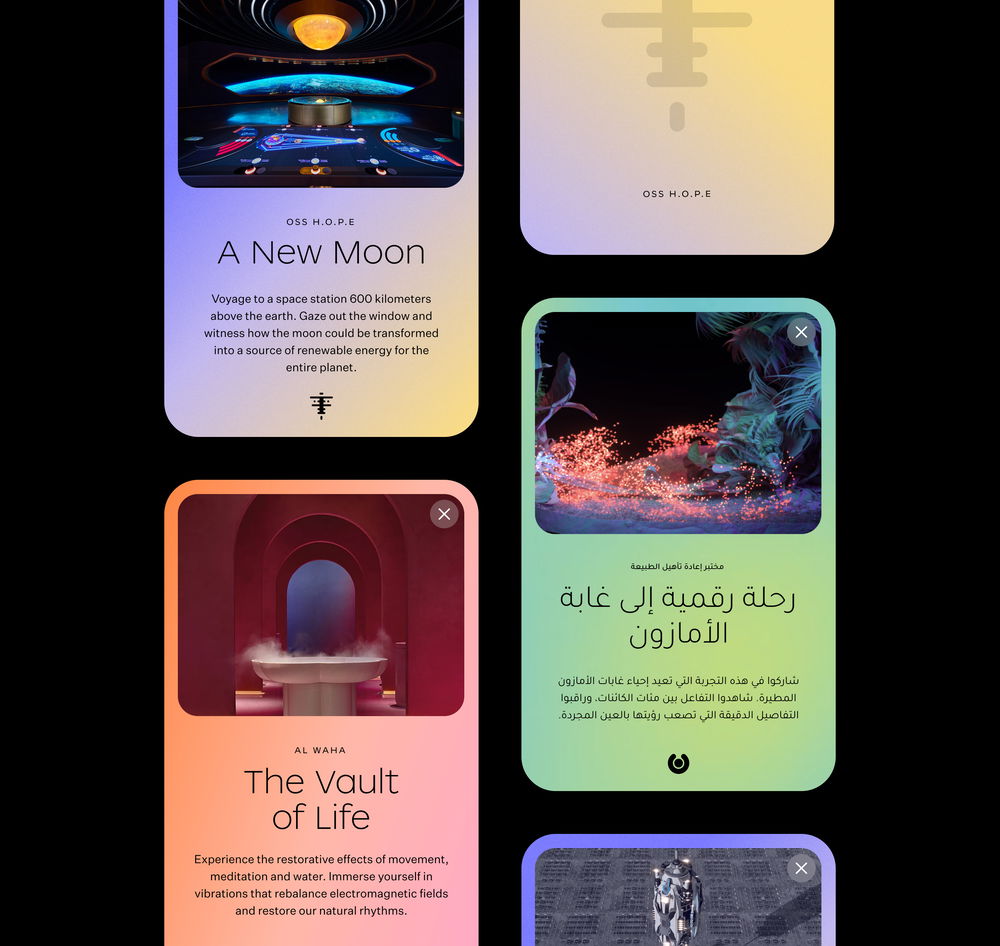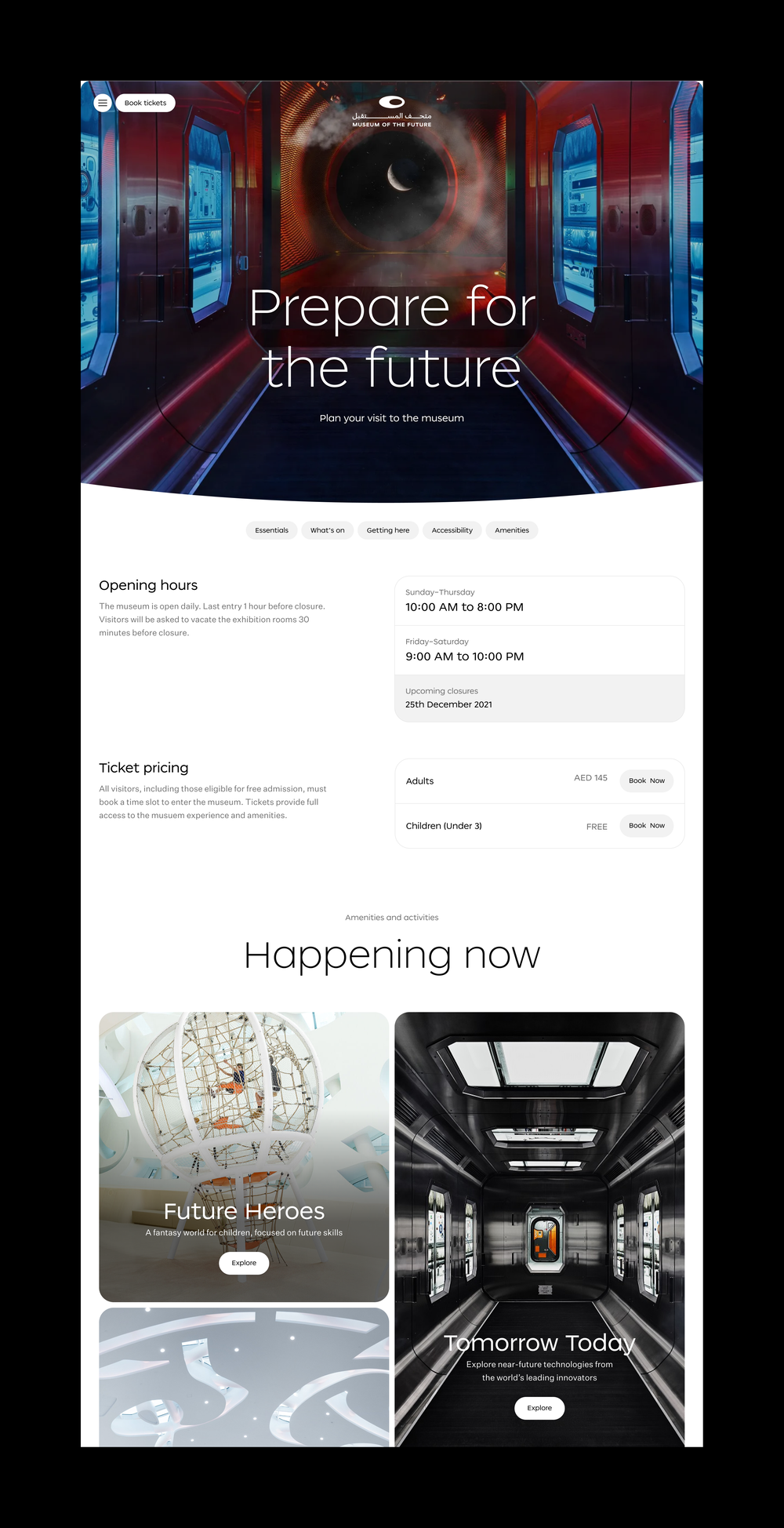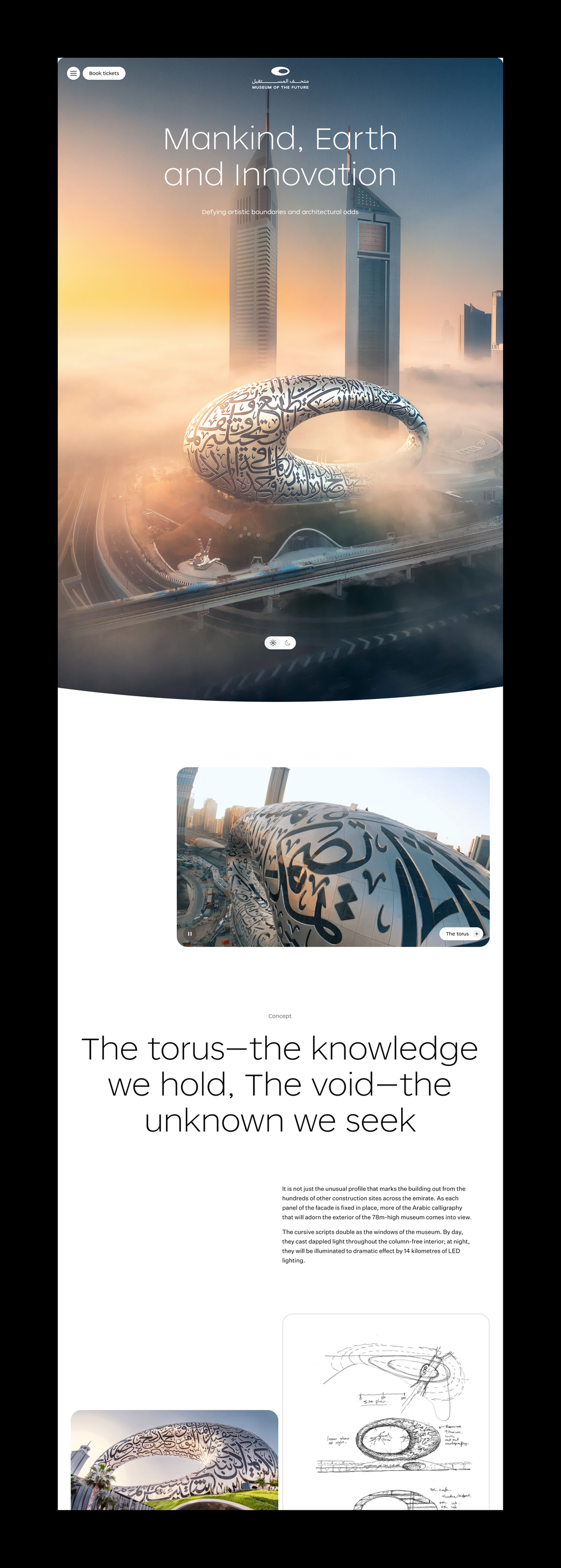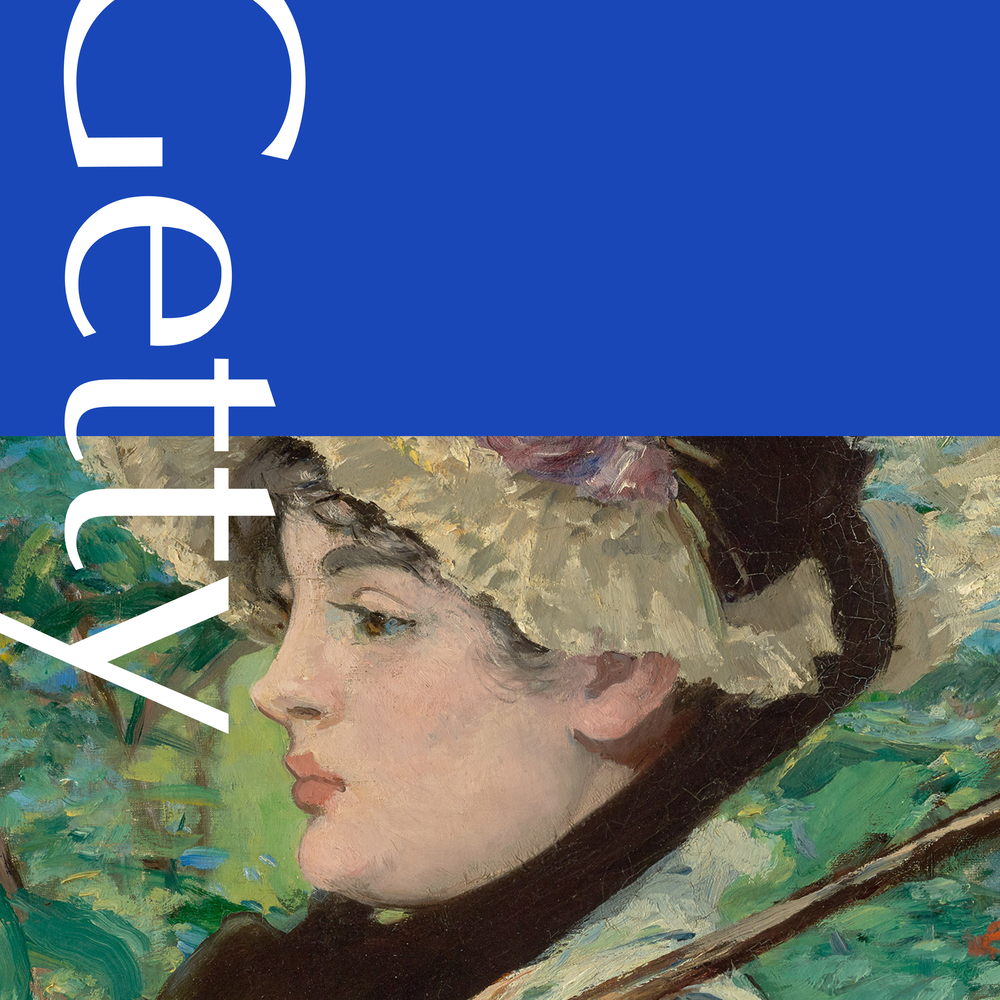 Museum of the Future
Museum of the Future
Museum of the Future
2022
Shaping a hopeful vision of our future
The Museum of the Future offers a new, distinctly UAE-based perspective of a hopeful future built on humanistic values. Visitors are invited on a journey through potential future environments, brought to life by hyper-immersive exhibits, narratives, and digital interactions.
AREA 17 partnered with the museum to launch a website that reflects this ambitious and adventurous spirit. Our work supports the team’s vision to reset expectations of what a museum can be—in person and online—and transform how visitors see their role in shaping a better future.
Museum of the Future is made with Twill, our open-source CMS for Laravel.







- Brand
- Brand toolkits and rollout
- Experience
- Research and analysis
- Experience vision and strategy
- Experience design
- Prioritization and roadmapping
- Design systems
- Technology
- Technology strategy and architecture
- Custom application development
- Custom interface development


